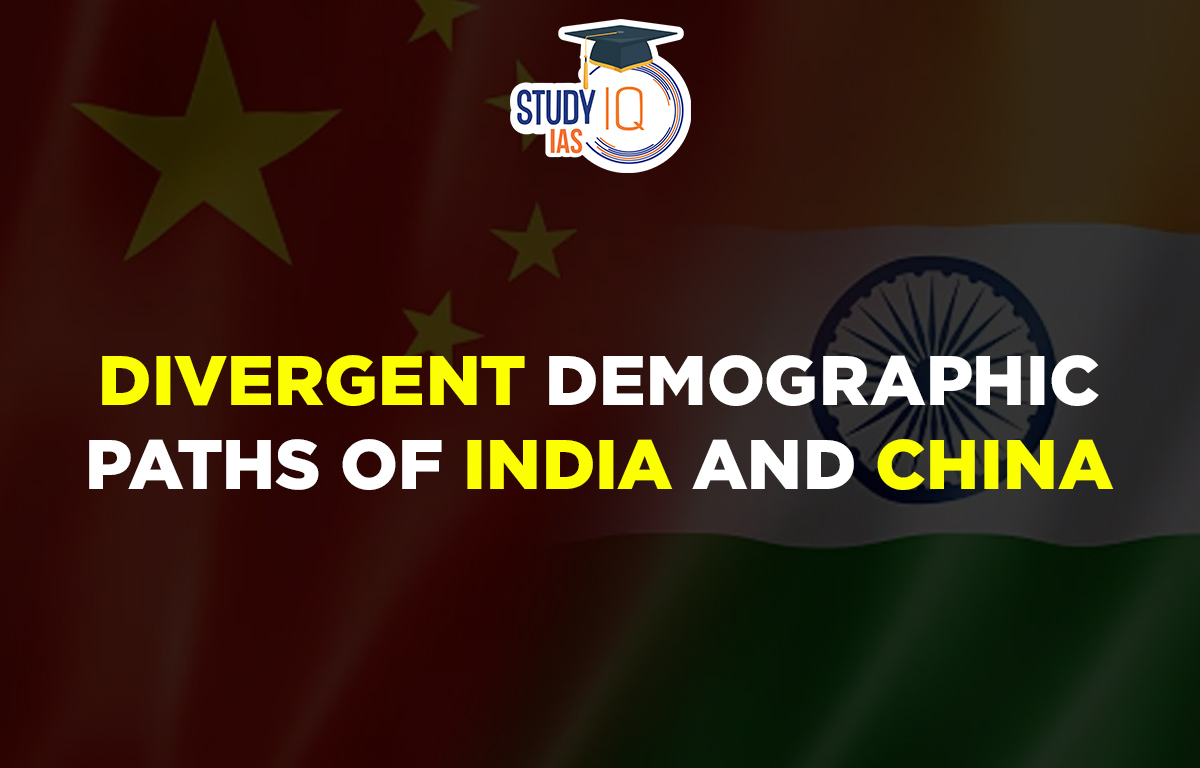Table of Contents
The Different Demographic Paths of India and China
- The critical juncture: The years 2022 and 2023 will mark two landmark demographic years for China and India.
- In 2022, for the first time, China registered an absolute decline in its population.
- And in 2023, India’s population will surpass China’s 1,425.67 million, according to United Nations.
- Two primary drivers behind these demographic shifts:


Implications for China and India
- Crisis for China – Declining working age population:
- China’s working-age population is projected to fall below 50% by 2045. Moreover, the average (median) age of the population, which was 28.9 years in 2000 and 37.4 years in 2020, is expected to soar to 50.7 years by 2050.
- In short, China faces the prospect of a dwindling labour force having to support a rapidly aging population.
- Opportunity for India – Demographic Dividend:
- For India, the share of working age population in the overall population crossed 50% only in 2007, and will peak at 57% towards the mid-2030s.
- The median age of India’s population also will not go up much — from 27.3 years in 2020 to 38.1 in 2050 — adding up to a less depressing prospect than China’s.
- Overall then, India has a window of opportunity well into the 2040s for reaping its “demographic dividend”, like China did from the late 1980s until up to 2015.


 UNEP Champions of the Earth Award: UN's ...
UNEP Champions of the Earth Award: UN's ...
 Shilp Didi Programme: Empowering Women A...
Shilp Didi Programme: Empowering Women A...
 Is the Falling Rupee a Cause for Alarm?
Is the Falling Rupee a Cause for Alarm?

























